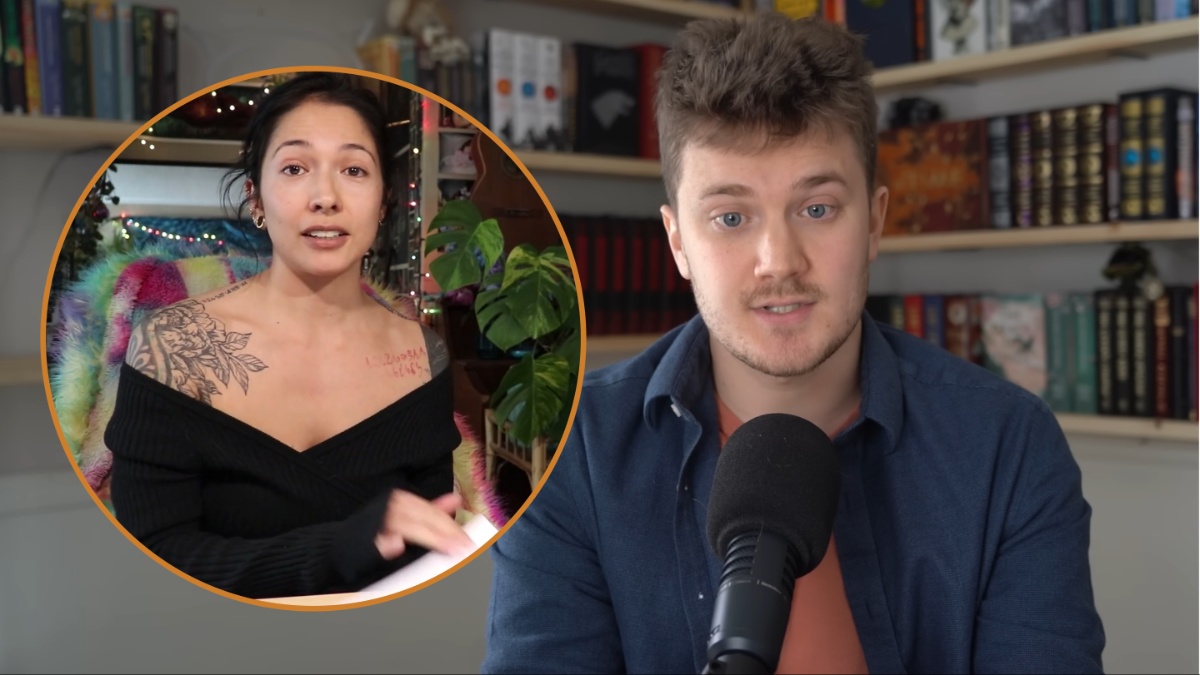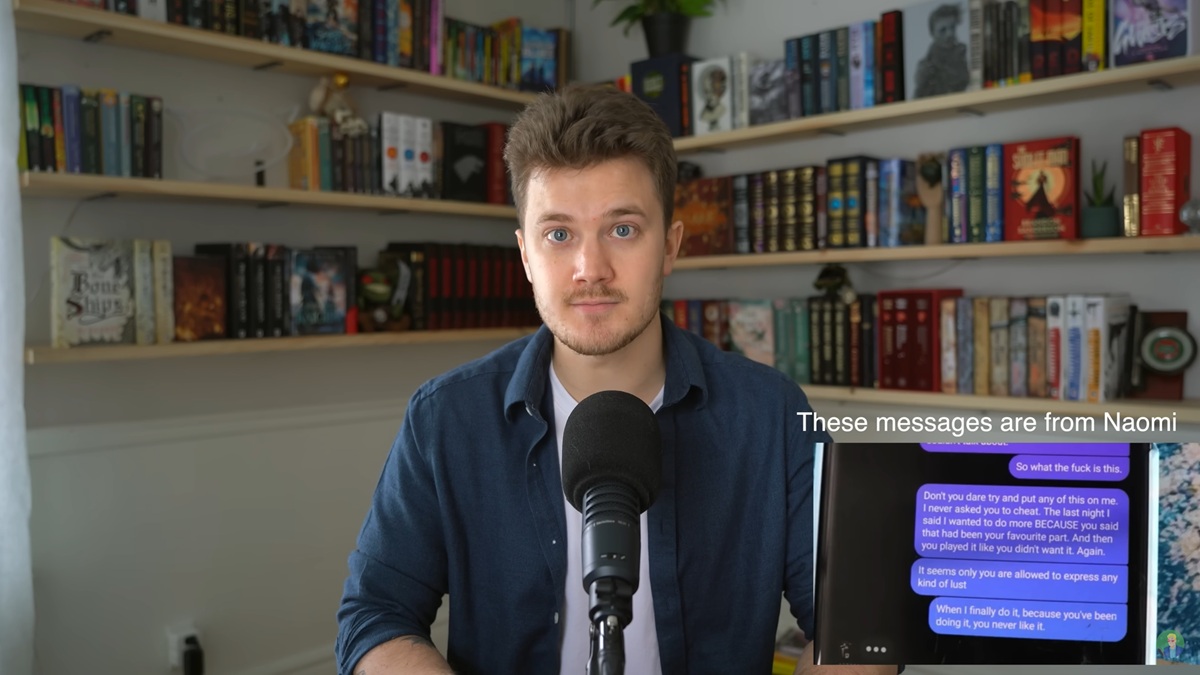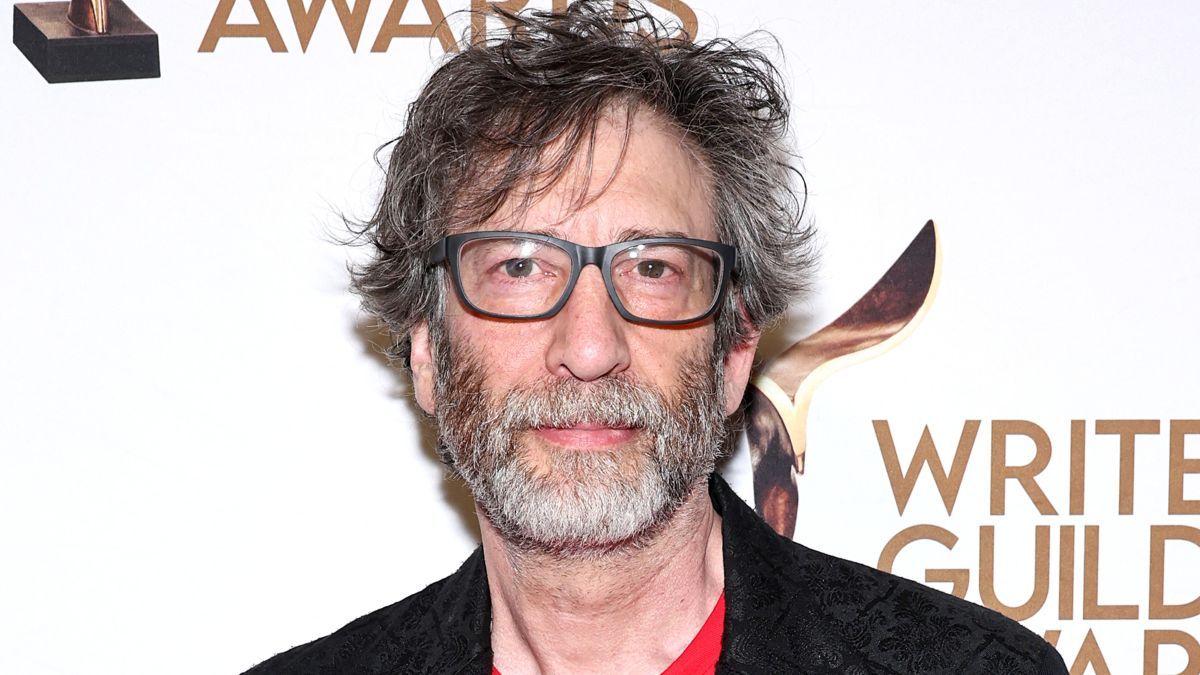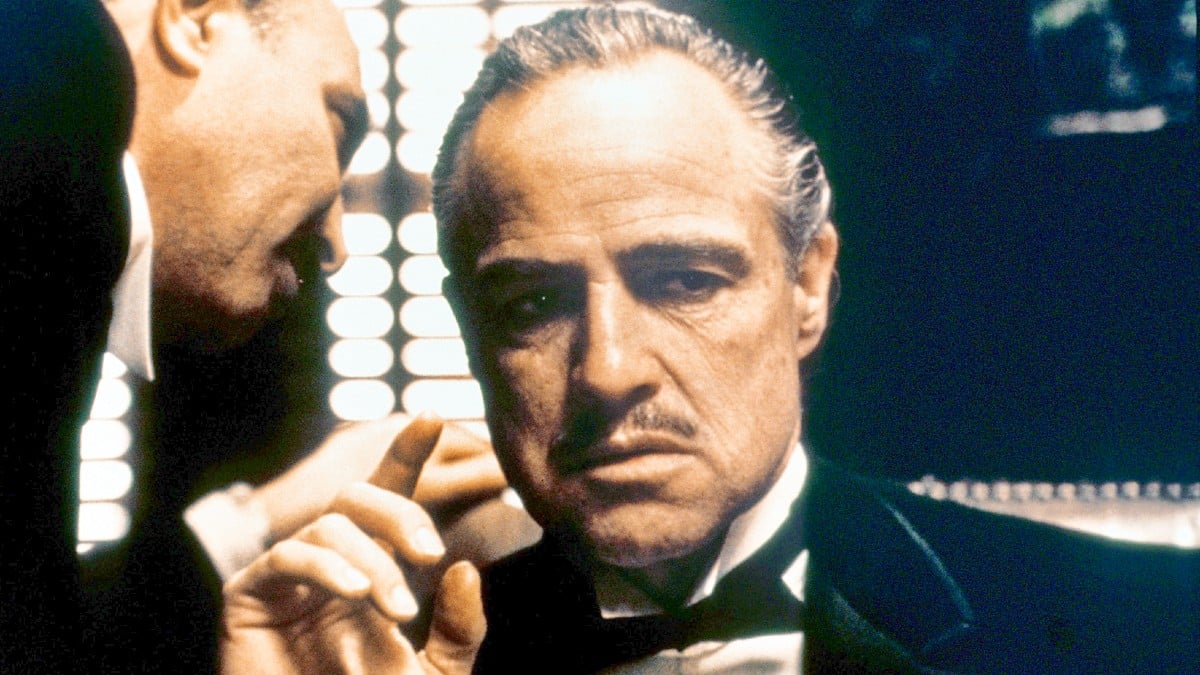Warning: The following article contains spoilers for The Hunger Games: The Ballad of Songbirds and Snakes’ ending.
If you thought you left your Hunger Games phase behind in 2015, it’s time to pull out your Mockingjay pin. The Hunger Games: The Ballad of Songbirds and Snakes, the highly anticipated prequel to the original trilogy, is finally out in theaters. Fans already enjoyed the book upon its release in 2020, but now they can see the rise of President Coriolanus Snow (Tom Blyth) on the big screen.
While fans were confused by the choice to write a prequel about the villain of the original franchise, The Ballad of Songbirds and Snakes gave a closer look at exactly how Snow becomes the manipulative leader we know him as in the original series. But fans who read the prequel novel are of course curious what got cut as the book was translated to film. Be warned from this point forward, this article will contain spoilers for The Hunger Games: The Ballad of Songbirds and Snakes’ ending, both the book and film. If you haven’t gotten to explore Snow’s backstory yet, you may want to click away at this time.

Surprisingly, fans won’t have too much to cry about being cut. With a 2 hour 45 minute run-time, The Ballad of Songbirds and Snakes keeps that whiplash-inducing ending in its full glory. Everything from Lucy Gray and Snow’s escape, to their showdown in the woods, to Snow’s final conversation with Casca Highbottom (Peter Dinklage) made it to film. Even Snow’s conversation with his new mentor, Dr. Volumnia Gaul (Viola Davis) is true to its book counterpart.
The only thing that is ambigious compared to the book is the erasing of the 10th Hunger Games from history. As there is no mention of Lucy Gray in the original Hunger Games trilogy, we know that the 10th Hunger Games is not discussed amongst the districts. More importantly, the Hunger Games trilogy implies that the first District 12 victor was Haymitch, when in reality it was Lucy Gray.

In the prequel novel, it’s revealed that Dr. Gaul decided it was best that any recording of the 10th Hunger Games was destroyed. Many of the tributes died before they even set foot in the arena, as well as the president’s child dying in the rebel bombing that destroyed the arena before the Games. Of course, this recording also erases Snow’s first kill, the tribute he killed in self-defence.
Also missing from the movie is Snow’s tenure as Gamemaker for the Hunger Games. It’s revealed that several of the ideas we know from the original trilogy were implemented by Snow, which makes it even more ironic that his father was the one credited with creating the Games. Things like the Victory Tour for the Victor, mandatory viewing of the Games in the Districts, and the “Victor’s Village” in each District, for the Victors to live in post-Games.
Of course, fans who didn’t read the book probably want to know what Lucy Gray’s fate is. Unfortunately, The Ballad of Songbirds and Snakes remained extremely faithful to that part of the ending in the novel. In the book, many believe that Lucy Gray was murdered by the District 12 mayor for killing his daughter. However, no one ever saw her after she ran away with Snow, and Snow never saw her again after she left the cabin. Whereever Lucy Gray ended up, she was no longer a problem for Snow, and that’s all that mattered to him.











Published: Nov 17, 2023 12:17 pm